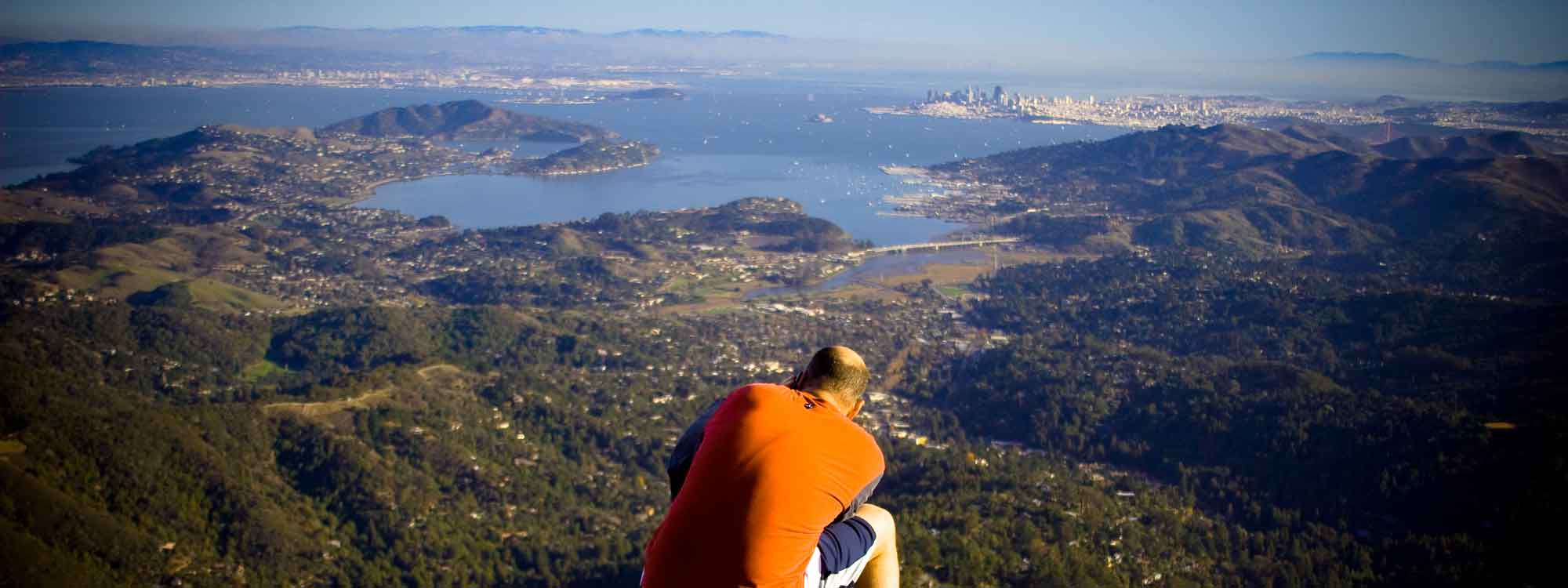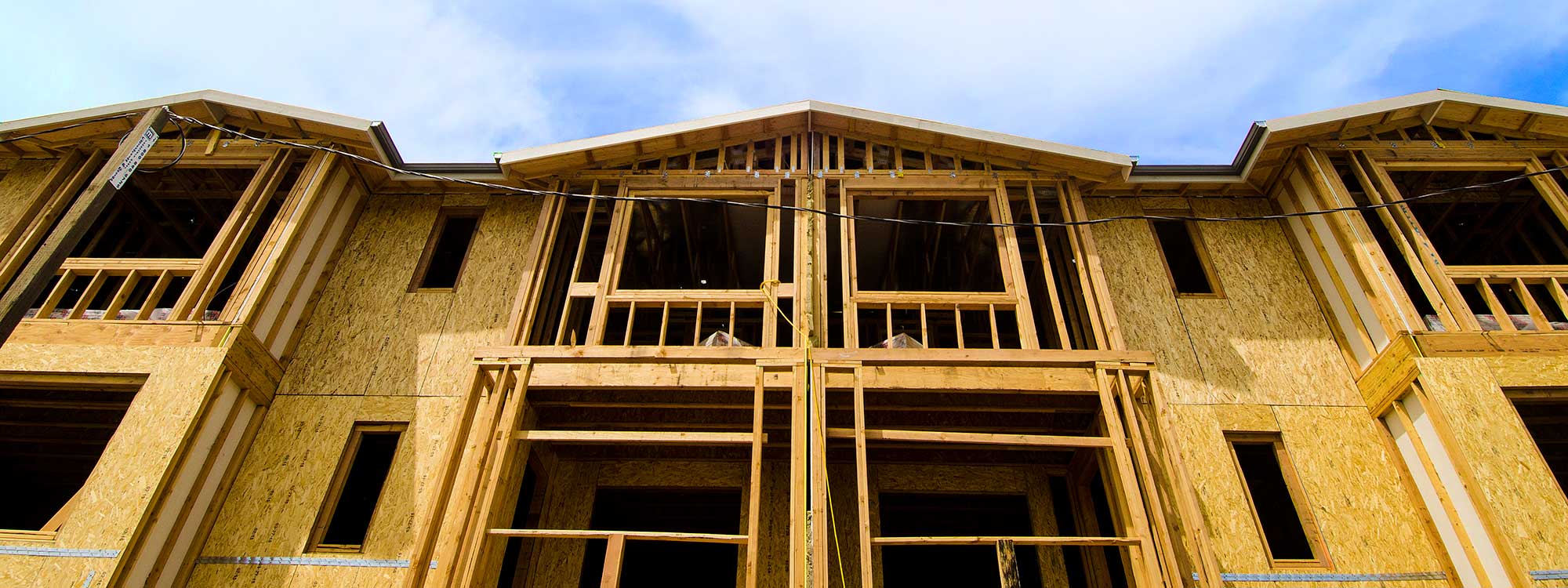At the ABAG General Assembly on April 21, Greenbelt Alliance CEO Jeremy Madsen was asked to bring the environmental perspective regarding the potential integration of the Association of Bay Area Governments and Metropolitan Transportation Commission. Below is an excerpt from Jeremy’s remarks:
What makes our region’s greenbelt important for the Bay Area?
A trailhead to somewhere peaceful and wild, the beautiful mountain that you marvel at every day, that orchard you go to with your kids to pick cherries, Golden Gate Park in the City—these places are all in the Bay Area’s greenbelt. Put simply, the greenbelt is a key part of what makes the Bay Area amazing. Our region is one of a very few places where we can experience the vibrancy, the diversity, and the opportunity that comes from living in a true metropolis while also being deeply connected to the non-urban world around us.
So that’s the emotional case for the greenbelt. Let me also throw some facts at you:
Fact #1: At 4.4 million acres, the Bay Area is roughly the size of Connecticut—3.6 million of those acres are open space.
Fact #2: About 2.4 million acres of the greenbelt is either farmland or ranchland. Bay Area farms and ranches contribute over $6 billion to the local economy, without even counting the wine industry. Read our HomeGrown report.
Fact #3: Thirty percent of our region’s water comes from local sources—places like local rivers and ground water aquifers. About 1 million acres of the greenbelt serve to recharge these local water sources. Read more on how land use affects water.
Fact #4: The 600,000 acres of recreation areas in our greenbelt are heavily utilized. For example, the Golden Gate National Recreation Area is the most heavily visited part of the national park system.
Fact #5: Development patterns that focus growth in our cities, and not in the greenbelt, reduce our dependency on cars and fossil fuels.
Fact #6: Natural and agricultural lands also serve as carbon sinks and can help buffer us from fires, floods, and sea level rise that will come with a changing climate.
Given our region’s other issues, you might think we should be asking how much greenbelt do we really need. But if I were to lay all of these and other open space benefits on a map, you’d quickly see that the vast majority of the greenbelt serves one or more of these purposes. So rather than asking how much greenbelt is enough, I think we should be asking how much can we afford to lose.
How can we protect the greenbelt while also addressing the housing crisis and helping the Bay Area economy prosper?
Asking the question this way is the right thing to do and it forces us to be bold. How can we make the Bay Area more prosperous, livable, and sustainable for all? And how can we be, as we have been so many times before, a model for the rest of the state, the nation, and the world?
Think regionally about our greenbelt.
The greenbelt is made up of a set of systems that rarely conform to the boundaries of one city or county. How we impact the greenbelt in one place when we make a decision about housing, transportation, or jobs has ripple effects across the region. We have the data and the analytical ability to understand these impacts and I encourage us all to use that information.
There have been some great examples recently of thinking regionally such as Santa Clara County standing up against urban expansion in Morgan Hill and Measure AA, our first ever region-wide funding measure for anything.
We have a host of planning, policy, and funding tools to protect the greenbelt—use them!
The good news is that our region has a lot of experience using tools like urban growth boundaries and local tax measures that fund open space districts, and there are other innovative conservation tools out there. The most important thing to put these tools and innovations in place is the will of Bay Area community leaders and voters.
Champion the right development in the right places—within our existing cities and towns, and near transit.
If we care about the greenbelt, we have to champion this smart development just as strongly as we champion open space protection. That’s why Greenbelt Alliance worked so hard to reinvent Auto Row in Oakland.
How will we know we’ve succeeded?
We’ll know we have succeeded if years from now our greenbelt is still 3.6 million acres and has not been shrunk by sprawl. We will know we have succeeded if instead of the Bay Area building less than 30% of the needed very-low, low, and moderate income housing, that number is 100%. We will know we have succeeded when people across the socio-economic spectrum are all prospering.
To make the Bay Area the region we want it to be, we need to have big goals on all these fronts and we have to hit our marks.
Top Photo: nimish gogri via Flickr
Bottom Photo: Taylor Hanigosky ©





